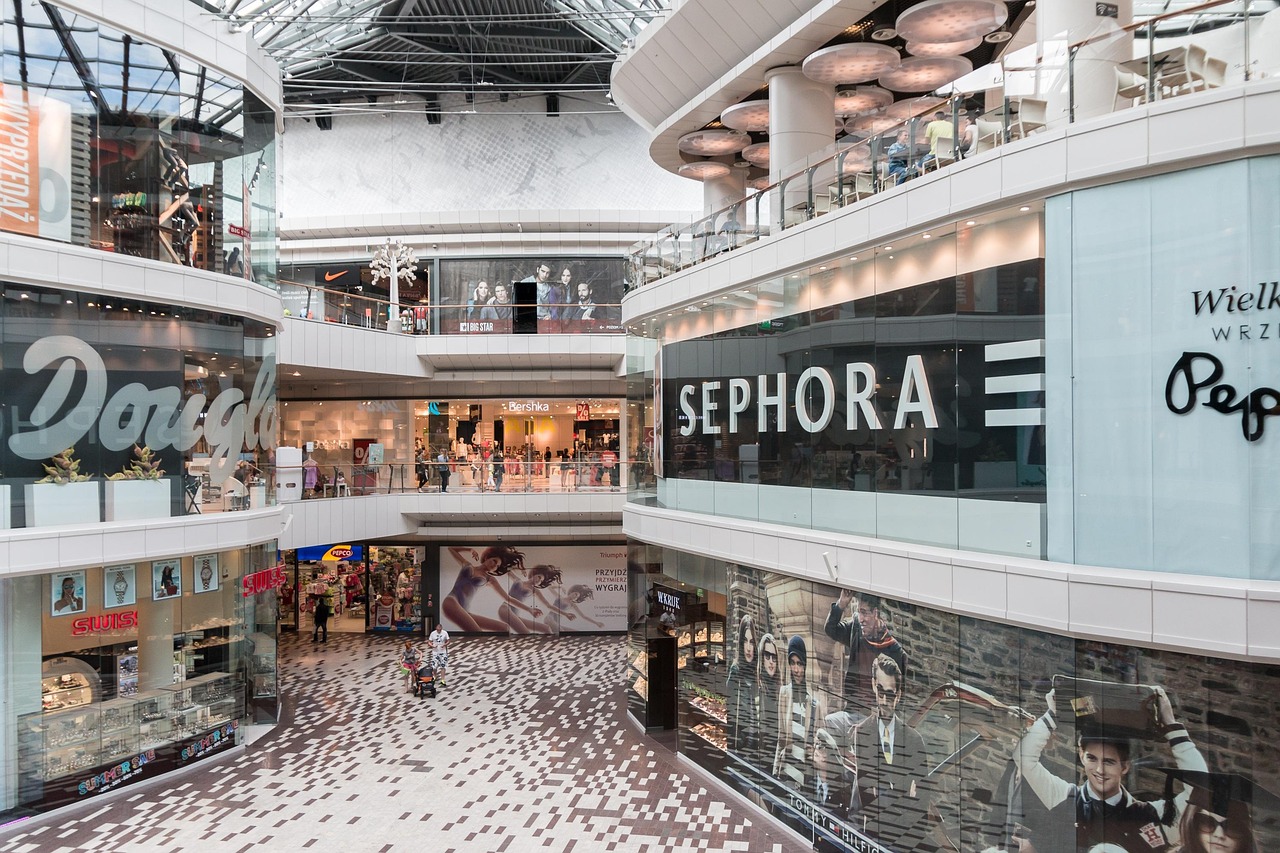
Precast concrete has quietly become one of the most powerful tools for private-sector developers. From multifamily housing to mission-critical infrastructure, precast delivers a combination of repeatability, speed, and durability that’s hard to match.
But precast concrete isn’t a one-size-fits-all solution. The real value comes when it’s applied strategically — to projects that benefit from offsite production, standardized components, and a high degree of design control. Here’s a look at where precast wins in private construction and why.
Ideal for: Hotels, multifamily apartments, student housing, senior living
Precast excels when the building design has a high degree of repetition. Projects like hotels and residential buildings often use repeated unit layouts — making it possible to fabricate wall panels, floor slabs, and even bathroom pods in a controlled factory setting.
This not only improves build quality, but dramatically speeds up the schedule. With embedded MEP channels and insulation, these components arrive ready to install, reducing on-site work and coordination.
Key advantages:
Ideal for: Logistics facilities, cold storage, light industrial
For large-volume, single-story spaces, precast offers a structurally sound, fire-resistant envelope that installs fast. Long-span beams and roof panels create wide-open interiors ideal for racking and equipment.
Owners benefit from low-maintenance structures that hold up to forklift traffic, thermal swings, and heavy wear.
Key advantages:
Ideal for: Office parks, hospitals, mixed-use, universities
Parking structures are one of precast’s most mature applications — and for good reason. Entire structures can be erected in weeks using double tees, columns, beams, and walls are fabricated offsite.
This allows developers to deliver structured parking quickly and without tying up the job site with time-consuming formwork.
Key advantages:
Ideal for: Data centers, Telecom and network hubs, biotech and cleanroom facilities
Mission-critical projects operate on tight delivery timelines and demand highly secure, controlled environments. Precast allows for scalable, modular construction with strong fire and blast resistance.
Its thermal mass properties also help regulate internal temperatures, and structural components can be customized to accommodate complex MEP systems from day one.
Key advantages:
Ideal for: Ground-up strip centers and grocery-anchored plazas
Precast isn’t just about gray panels — it can be finished with form liners, embedded brick, or architectural details to be attractive for tenants and shoppers. It’s also incredibly fast to install, giving developers a leg up on opening schedules, helping attract anchor tenants early.
Key advantages:
Ideal for: Food processing, fabrication shops, clean manufacturing
Precast panels are chemical-resistant, washable, and able to enclose large buildings quickly — all crucial for manufacturing environments. Plus, the structural and envelope elements can be integrated, which simplifies construction and speeds up the process.
Key advantages:
To be fair, precast isn’t always the answer. Here are some building types that may be impractical with precast or where precast may not be cost competitive:
Precast concrete isn’t just a construction technique — it’s a delivery strategy. When applied to the right projects, it provides a competitive advantage through faster completion, lower lifecycle costs, and better quality outcomes. For developers looking to build intelligently, that’s a winning formula.